Date: 27 May 2011
Tim Kempster is the company’s managing director.
Later this year the world will remember the terrible day ten years ago when terrorists flew fuel-laden airliners into New York’s iconic Twin Towers, and crashed two other airliners in Washington DC and Pennsylvania. It was a co-ordinated and horrific attack that brought war to Afghanistan and Iraq, costing countless more lives and which is still changing the face of the world.
On 9/11 this year, a memorial to the dead will be finally opened, consisting of two pools, each nearly of one acre, set within the footprints of the Twin Towers, with the largest man-made waterfalls in the USA running down their sides. The names of the almost 3,000 people who died in New York, Pennsylvania, the Pentagon, and the February 1993 World Trade Center bombing will be inscribed around the edges.
It will be a symbolic ceremony on 9/11, but an end of the beginning rather than the beginning of the end. Around the memorial, work on new mega-structures will continue for some years. Completion of the centrepiece, One World Trade Center, also known as the Freedom Tower, is scheduled for 2013 – although it’s risen to over 60 storeys, and growing by a storey a week. It is now part of the New York skyline.
Some 2,500 construction workers are employed at Ground Zero, and not all of them above ground. Underground, there are transit links to complete and a cavernous memorial is taking shape. Above ground, an eight-acre landscaped Memorial Plaza is also planned to create a contemplative and quiet area away from the noise and bustle of the surrounding city.
Tragically, it wasn’t the first time that an aeroplane had struck the New York skyline. That first happened in July1945 when a Mitchell B-25 bomber accidentally flew into the Empire State Building, killing 14 people. However, such was the structural overkill of the building that it sustained only relatively minor damage. Ironically, after 9/11, the Empire State Building once more took on the mantle of the city’s tallest building.
The new Freedom Tower, which will take back the title, will have echoes of the Twin Towers. Its base is 200 ft square, the same footprint of the original towers, while its observation deck will be at 1,362 feet, the height of World Trade Center Tower Two, while its glass parapet will be at 1,368 feet, the height of World Trade Center Tower One.
The key word is glass because the new architecture of the World Trade Center comprises 538,420 square feet of glass. That adds up to more than twelve acres, and a testament to the combined efforts of the glass industry over the intervening ten years to design glass and glazing systems of hitherto unimaginable strength.
In urban areas, it’s estimated that between 80-85% of all secondary blast injuries are caused by flying glass. To put that into context, in New York on 9/11, 15,500 windows were damaged within a mile of Ground Zero – nearly 9,000 within half that distance.
The Journal of Performance of Constructed Facilities puts it more graphically: “When a terrorist bomb explodes in an urban area, it produces devastating effects, including structural and non-structural damage to buildings, injuries, and deaths. Numerous injuries in explosions result directly and indirectly from window glass failure.
“Direct glass-related injuries occur when glass shards flying and falling from fractured windows cause lacerations and abrasions. Secondary glass-related injuries occur when the shock front of the blast wave passes into buildings through fenestrations vacated by fractured glazing.”
The glass industry has learned many lessons in recent years, partly in response also to natural threats such as hurricanes, and has worked in partnership with engineers, architects and scientists to build better, stronger and safer glazing systems.
Of course, no facade – of any material - could withstand an assault such as happened on 9/11. However, what the glass industry has managed to achieve are protective levels that would have impossible a decade ago. Companies like Wrightstyle have spent the intervening period better understanding adverse loading and the blast dynamics of different kinds of attack, then building and testing systems to withstand them.
Our test regime, in Europe, the USA and the Far East tests both the glass and its framing system together in integrated units that we have also designed. That element of design compatibility is vital to the integrity of the overall system; and in an uncertain world compatibility is everything. In our biggest test, we subjected our structurally-glazed system to the equivalent of 500 kilos of TNT, acknowledged as an average-sized lorry bomb. The independent, and successful, test took place within a specialist and high-security RAF base in the north of England.
Our high-performance systems, not just for blast mitigation, can be found from Europe to the Middle- and Far East and from the USA to South Africa. We are involved in the London Olympics and were involved in the Athens Olympiad. In such a specialist area of design and supply, it’s a very small world.
The real paradox is that, in an age of terrorism, architects are also looking to introduce more daylight into buildings and to reduce energy consumption and carbon emissions – a new agenda for the glass industry where sustainability and environmental responsibility are also key design criteria.
One World Trade Center will stand at a symbolic 1,776 feet (541 m), marking the year 1776 when the American Declaration of Independence was signed. According to the developers “it will serve as a beacon of freedom, and demonstrate the resolve of the United States, and the people of New York City.”
It could all have been so different. In a submission to a US Senate Committee on Intelligence, Louis J. Freeh, director of the FBI, said that: “loosely affiliated extremists, motivated by political or religious beliefs, may pose the most urgent threat to the United States. Within this category, Sunni Islamic extremists, such as Osama bin Laden and individuals affiliated with his Al-Qaeda organization, have demonstrated a willingness and capability to carry out attacks resulting in large-scale casualties.” He was speaking four months before Osama bin Laden proved him right.
Looking ahead, and with bin Laden gone, we can perhaps begin to reflect on the emerging Freedom Tower, and of the kind of hope that it offers: an architecture that the glass industry has helped to inspire. An architecture born out of enormous suffering, but once more allowing architects to build mega-structures to inspire.
Ends
For further technical information, please contact Lee Coates
+44 (0) 1380 722 239
For further media information, please contact
Charlie Laidlaw, David Gray PR
+44 (0) 1620 844736 or (mobile) +44 (0) 7890 396518
For more information on Wrightstyle you can visit the company at www.wrightstyle.co.uk



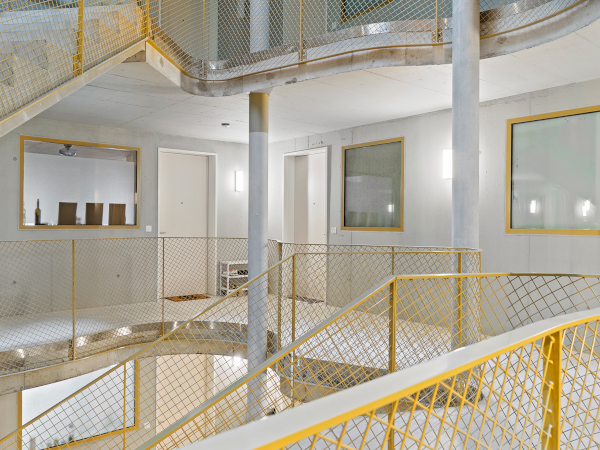
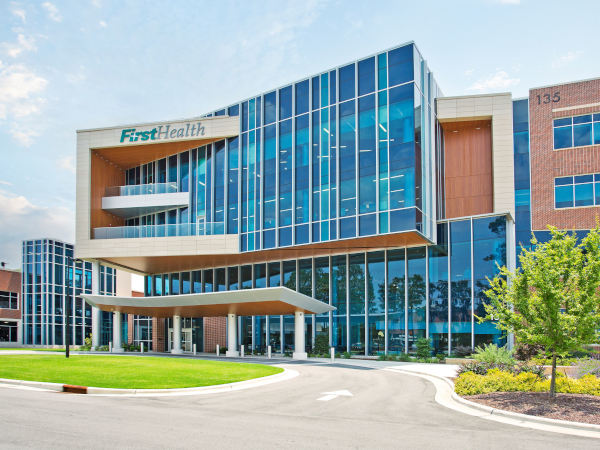
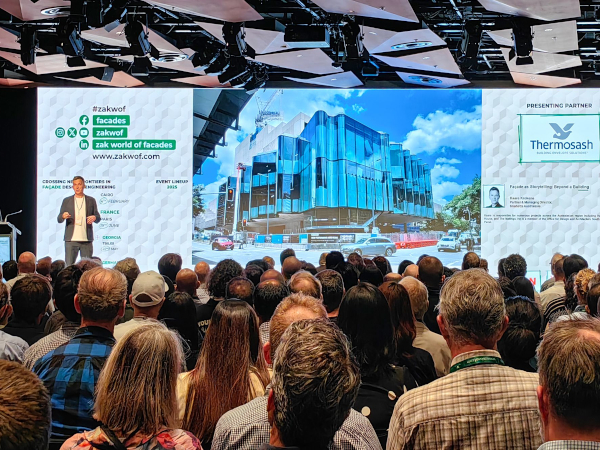
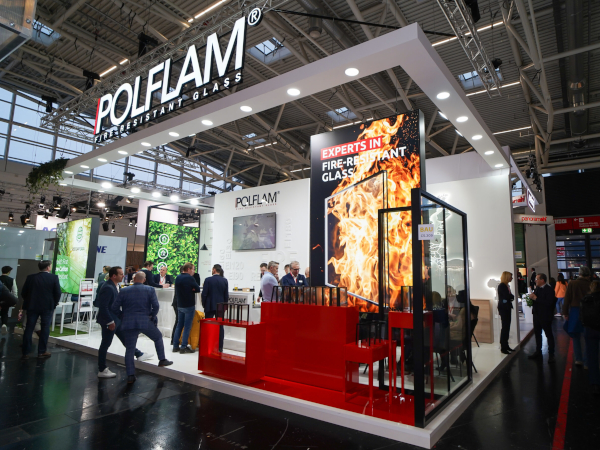



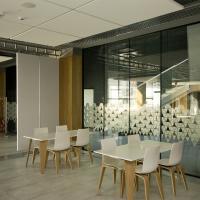
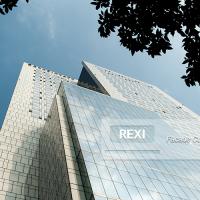
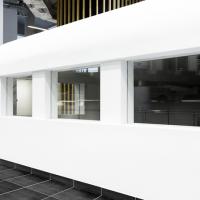

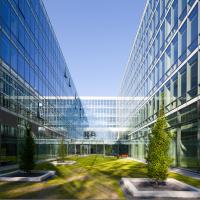

Add new comment